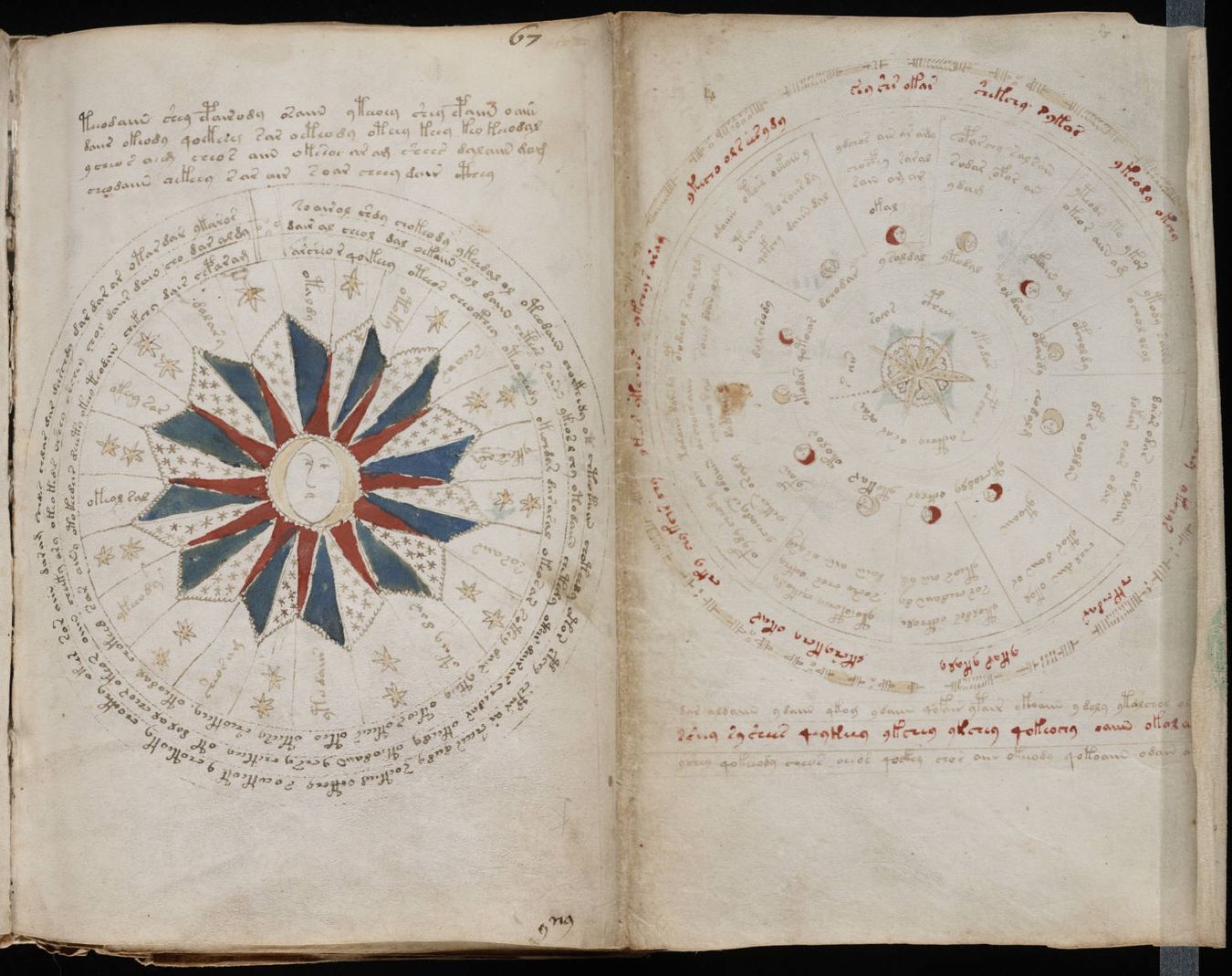
The Voynich Manuscript remains one of the most mysterious books ever discovered. Found in 1912 by Wilfrid Voynich, this ancient text is written in an unknown script and filled with bizarre illustrations. Scholars, cryptographers, and enthusiasts have spent decades trying to decode its secrets. Some believe it’s a medieval medical manual, while others think it’s an elaborate hoax. Theories range from alien languages to coded messages from secret societies. Despite numerous attempts, no one has definitively cracked its code. Why does the Voynich Manuscript captivate so many minds? Let's dive into 25 intriguing theories that might just hold the key to this enigma.
Key Takeaways:
- The Voynich Manuscript is a mysterious book with an unknown script and strange illustrations, sparking theories about its origin, purpose, language, and illustrations. Its secrets continue to baffle scholars and remain unsolved.
- Scholars have proposed various theories about the Voynich Manuscript, including its creation by alchemists, artists, or even Leonardo da Vinci. The purpose of the manuscript is also debated, with suggestions ranging from a medical text to a guide for alchemy or astrology.
What is the Voynich Manuscript?
The Voynich Manuscript is one of the most mysterious books in the world. Written in an unknown script and filled with bizarre illustrations, it has puzzled scholars for centuries. Here are some intriguing facts about the theories surrounding this enigmatic text.
- The manuscript is named after Wilfrid Voynich, a Polish book dealer who acquired it in 1912.
- It consists of 240 pages, though some believe it originally had more.
- The text is written in an unknown script, often referred to as "Voynichese."
- The manuscript contains illustrations of plants, astronomical diagrams, and human figures.
- No one has been able to definitively decode the text, despite numerous attempts.
Theories About Its Origin
Many theories have emerged about where the Voynich Manuscript came from. Some suggest it was created by a medieval alchemist, while others believe it was the work of a Renaissance artist.
- Some scholars think it was written in Northern Italy during the 15th century.
- Others propose it was created in Central Europe, possibly in Prague.
- A few believe it could be a hoax, created to deceive or entertain.
- Some think it might be a lost work of Roger Bacon, a medieval English philosopher.
- Another theory suggests it was authored by Leonardo da Vinci during his youth.
Theories About Its Purpose
The purpose of the Voynich Manuscript is another area of intense speculation. Some believe it was a medical text, while others think it was a guide to alchemy or astrology.
- One theory suggests it was a pharmacopoeia, a book of medicinal plants.
- Another proposes it was an alchemical manual, used for creating elixirs and potions.
- Some think it was an astrological guide, used for predicting the future.
- Others believe it was a religious or spiritual text, possibly related to Gnosticism.
- A few suggest it was a coded diary, meant to keep its contents secret.
Theories About Its Language
The language of the Voynich Manuscript is perhaps its most baffling aspect. Some believe it is written in a lost language, while others think it is a complex cipher.
- One theory proposes it is written in a lost dialect of a known language, such as Latin or Hebrew.
- Another suggests it is a constructed language, created specifically for the manuscript.
- Some believe it is a cipher, with each symbol representing a letter or word.
- Others think it could be a form of glossolalia, or "speaking in tongues."
- A few propose it is a form of shorthand, used to quickly record information.
Theories About Its Illustrations
The illustrations in the Voynich Manuscript are just as mysterious as the text. Some believe they depict real plants and animals, while others think they are purely symbolic.
- One theory suggests the plants are real, but drawn in a stylized manner.
- Another proposes the illustrations are symbolic, representing abstract concepts.
- Some think the astronomical diagrams are based on real celestial observations.
- Others believe the human figures are allegorical, representing different aspects of life.
- A few suggest the illustrations are purely fantastical, created to entertain or confuse.
The Voynich Manuscript remains one of the greatest mysteries of the literary world. Despite countless theories and attempts to decode it, its secrets continue to elude us.
The Mystery Continues
The Voynich Manuscript remains one of the most enigmatic texts in history. Despite countless theories, no one has definitively cracked its code. Some believe it’s a medieval hoax, while others think it’s a genuine scientific or medical text. Theories range from alien languages to lost civilizations. Each new discovery adds another layer to its mystique. Scholars, cryptographers, and enthusiasts continue to be drawn to its puzzling illustrations and undeciphered script. The manuscript’s allure lies in its secrecy and the hope that one day, someone will finally unravel its secrets. Until then, it stands as a testament to human curiosity and the endless quest for knowledge. Whether it’s a coded message or a clever riddle, the Voynich Manuscript keeps us guessing. The journey to understanding it is as fascinating as the manuscript itself.
Frequently Asked Questions
Was this page helpful?
Our commitment to delivering trustworthy and engaging content is at the heart of what we do. Each fact on our site is contributed by real users like you, bringing a wealth of diverse insights and information. To ensure the highest standards of accuracy and reliability, our dedicated editors meticulously review each submission. This process guarantees that the facts we share are not only fascinating but also credible. Trust in our commitment to quality and authenticity as you explore and learn with us.


